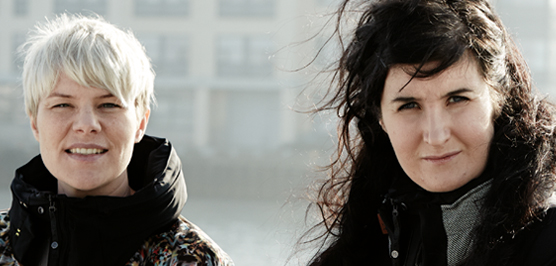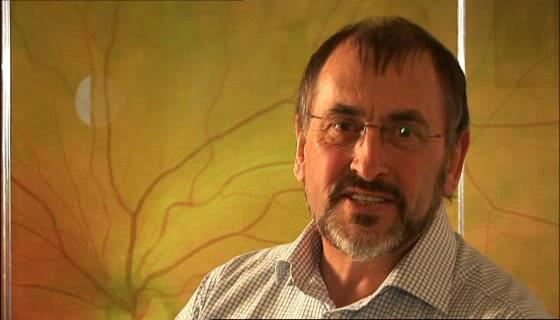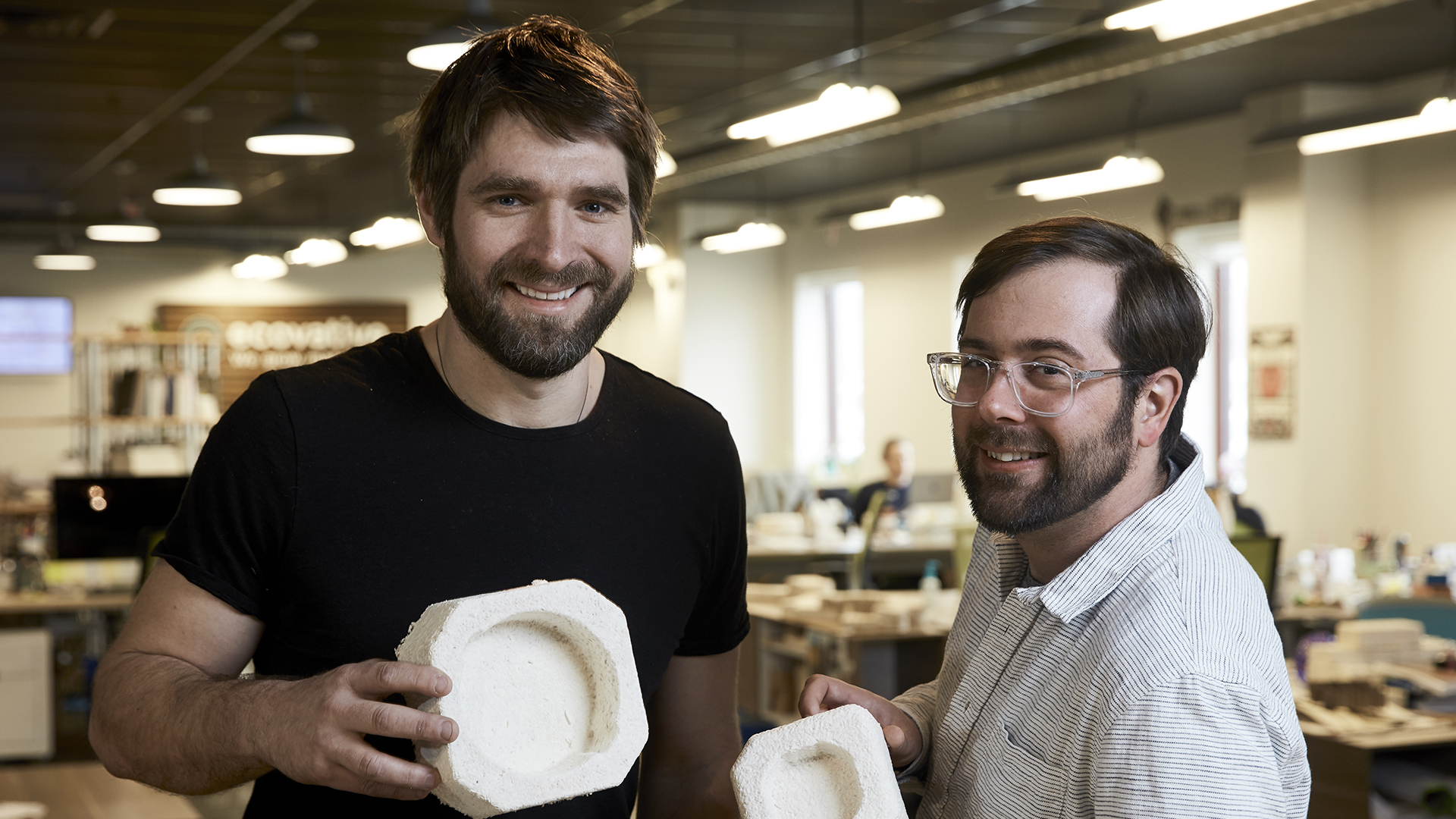Dengue fever is an excruciatingly painful – and sometimes fatal – disease that affects millions of people each year. The culprit behind its spread is a mosquito that has proven tricky to keep in check. That is until now. British scientist Luke Alphey has come up with a way to use the mosquito as a tool to control its own species. By programming an extra gene into the mosquitos’ DNA, he has ensured that the resulting mosquito larvae never reach reproductive maturity.
Search
1 - 10 of 265 search results
Protective headgear that is both functional and fashionable is in high demand as the fuel economy and environmental benefits push more and more citizens to commute by bicycle. The “invisible” bike helmet developed by Swedish designers Anna Haupt and Terese Alstin is the stylish and safe accessories cyclists have been waiting for.
Wireless technologies such as Bluetooth and LTE have transformed mobile phones well beyond their telephony roots to becoming veritable mini-computers. Now our pocket-sized telephones are taking on another role as virtual pocketbooks, allowing for quick purchases without the hassle of cash or credit cards. Paving the way in the field is a technology known as Near Field Communications (NFC), which was co-invented by teams of engineers at NXP Semiconductors and Sony in 2002.
In the early 1990s, a team of Scottish inventors developed a system that yields a complete and detailed picture of a patient's retina in a quarter of a second via a non-invasive laser scanning technology, making stressful eye exams a thing of the past.
Tuberculosis continues to claim more than 2 million lives annually. Even worse, the bacteria causing the disease are becoming increasingly resistant to existing medications. Enter a new anti-TB drug invented by Belgian researcher Koen Andries and team, a highly effective compound named bedaquiline that cuts off the energy supply in tuberculosis bacteria.
Ugly pylons and power lines, long strands of cables and large, unsightly power conversion stations: Although modern civilization would be unthinkable without it, electrical distribution is often obtrusive. Dealing with this problem, Swedish engineer Gunnar Asplund has helped hide away much of a power grids’ infrastructure. At the same time, he’s boosted the efficiency of transmitting electricity from remote power stations, making renewable energy sources, such as solar and wind, a more viable option.
Traditional plastics are dirty to produce, they use up oil, and they don't decompose naturally. So are we stuck with them? No, because in the 1990s a group of Italian scientists led by Catia Bastioli found a way out of the vicious cycle and developed bio-degradable plastics. Bio-plastics can be processed just like regular plastics, but when thrown onto a regular compost heap they fall apart in weeks - not in the hundreds of years it takes traditional plastics to decompose. Made from crops, bio-plastics reduce greenhouse gas emissions and the consumption of non-renewable resources.
For US entrepreneurs Eben Bayer and Gavin McIntyre, the plastic crisis presented a challenge to create a sustainable, high-performance and economically viable packaging alternative. Having seen how mushroom mycelia binds organic waste in nature, they invented a new class of degradable biomaterial that can be moulded into almost any shape.
Sea lice severely impact salmon farm populations across the globe. To put an end to this parasitic problem, self-taught inventor, Esben Beck, has developed an underwater robot capable of repelling the threat using image recognition, artificial intelligence and lasers. Over 250 of his patented units are keeping watch over Norwegian fisheries, autonomously locating parasites, zapping them and safeguarding fish without using chemicals.
In 1995, a patent was published by Dutch inventors Malcolm Begemann, Willem Boute and Marijn Van Gemert that had a dramatic effect on the quality of life experienced by pacemaker users. It was while working at Netherlands-based Vitatron that the innovators created a pacemaker with dynamic, non-linear rate responsiveness - a product which was able to adapt from patient to patient and adapt to patient history. In the years that followed, countless products utilised this technology, which still features today in key Vitatron pacemakers.
MOOVOBRAIN, an all-in-one smart wheelchair control solution that enables individuals with severe disabilities to navigate independently, has been developed by Khaoula Ben Ahmed, Ghofrane Ayari, Souleima Ben Temime, and Sirine Ayari.
The invention by French neurosurgeon and physicist Alim-Louis Benabid of high-frequency deep brain stimulation (DBS) for Parkinson's disease and other neurological conditions has allowed patients around the world to resume functional and fulfilling lives without the need for radical surgeries.
A liquid lens that uses electrical current and the natural properties of liquids to act like a magnifying glass. The lens' light weight, compact size and excellent performance make it an ideal choice for use in small devices such as scanners and small cameras.
Pia Bergström, Annika Malm, Jukka Myllyoja, Jukka-Pekka Pasanen and Blanka Toukoniitty, a team of inventors from the Finnish company Neste, have been part of developing a unique technology that enables a wide variety of wastes and residues to be transformed into premium-quality renewable products, such as fuel.
One French engineer discovery of Turbo Codes solved a data communications puzzle that had evaded researchers for 40 years. His invention opened new avenues of research that have led to modern advances in mobile telephony, as well as satellite and radio communications.














